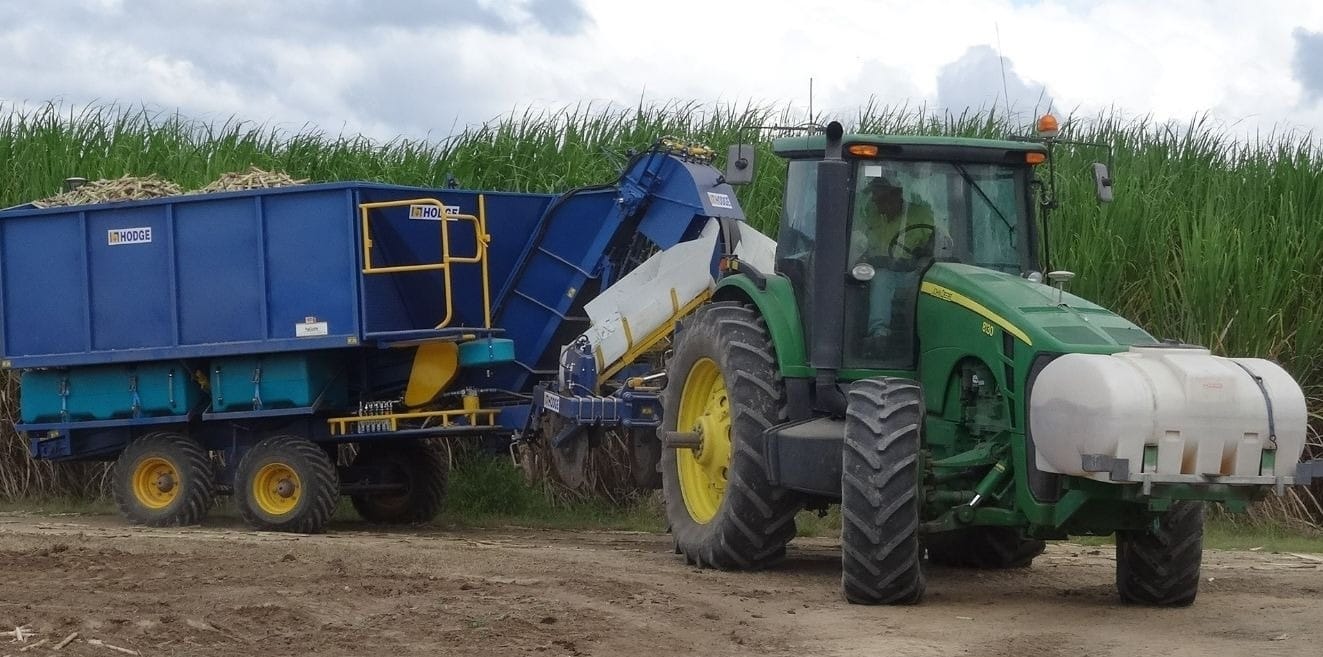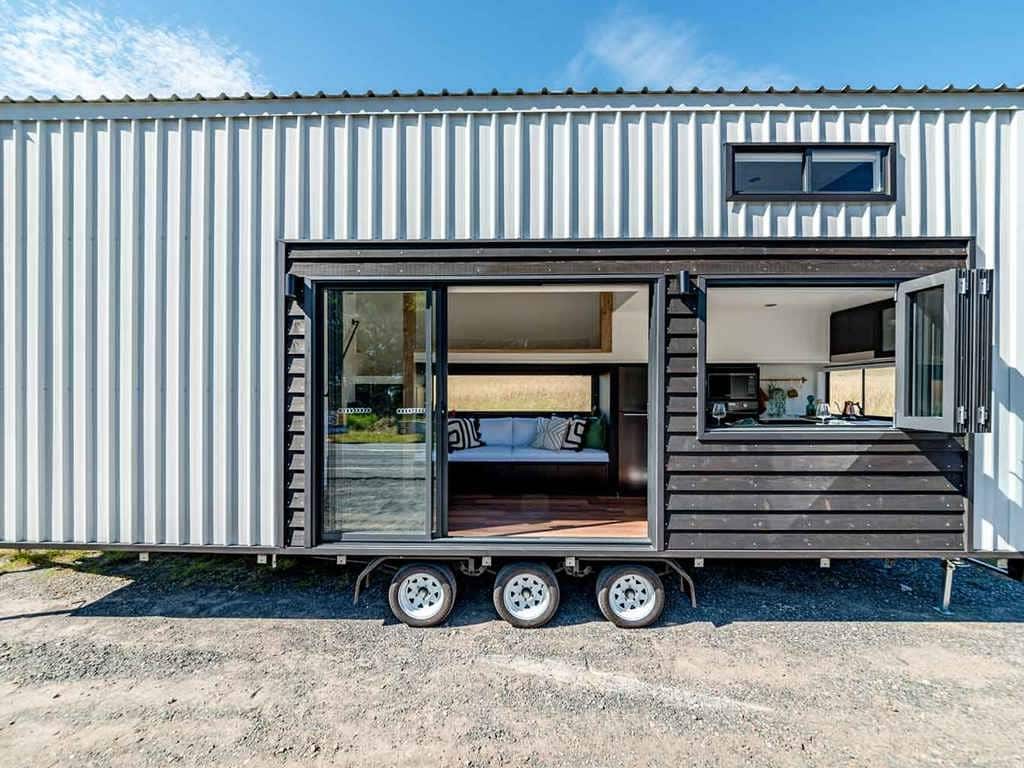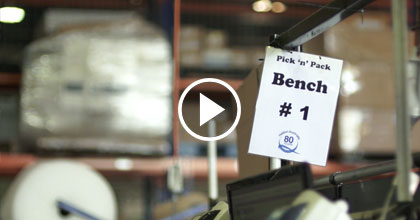Creating a Lean Culture
This week, I was fortunate enough to visit the spectacularly beautiful city of Istanbul on a business trip. As the meeting point of East and West for over 2000 years it is not an exaggeration to say that few cities have had greater influence on the development of human culture than Istanbul. This is epitomised by the magnificent Hagia Sofia museum, built in the sixth century as a Byzantine church, converted into an Ottoman Mosque in the 15th century and then into a secular museum in the 1930’s. Layers of history and culture are built into the walls of this amazing building.

However, it was a much more mundane example of Turkish culture that really got me thinking. In Istanbul there are a lot of white cars. In fact, I would guess more than half the cars on the road are white. As someone who worked in the automotive coatings industry before founding TXM, I was curious as to the reasons for this. What I discovered is that Turkish people buy white cars because they are easier to sell.
This stems from a belief that white cars have better resale value. There is nothing inherently better about white cars. In fact in most cases they are coated with a simpler and cheaper paint system than other colours. However, the car owners of Istanbul believe that white cars are better. If enough people hold this belief, then it becomes self-reinforcing as demand for white cars increases and prices follow.
This belief becomes immensely powerful in that it drives the whole market for cars in Istanbul, which in turn will affect scheduling and manufacturing decisions by car manufacturers and distributors and will affect what paint companies make.
What is Culture?

When I ask people in businesses what is culture, the answers I often get are disturbingly vague. People talk about values and “the way things are done around here”, but find it difficult to point to specific examples. However, like the white cars in Istanbul, your culture has a powerful effect on what happens in your business. Therefore it is vitally important to understand it.
Culture is built on beliefs. These beliefs then drive behaviours. If enough people share these beliefs and demonstrate these behaviours, then that will influence outcomes. So, the people in Istanbul believe that white cars are easier to sell, which will drive their behaviour of selecting white cars, which will influence the whole car market.
When we are trying to implement Lean in order to achieve operational excellence, culture can often stand in the way. Leaders and employees often have beliefs that go against Lean thinking and these beliefs drive their behaviours and in turn outcomes. There are many examples. I have seen many companies deliberately hold extra inventory to cover the risk of machinery breakdown. This can prevent the business reducing lead time and is certainly a barrier to ever achieving one-piece flow. I have heard many a manager complain that their people never tell them when there is a problem, because they believe “management won’t listen”. In this environment, problem solving will never be successful.
Safety is also driven by culture. I visited a site recently where every single pallet racking column had been damaged by forklift impacts. The forklifts were driven like formula one cars. There was clearly a belief among forklift drivers that this behaviour was OK and there would be no consequence for this kind of driving. Perhaps even targets for speed of loading trucks or the chance to squeeze in an extra break if the work is done quickly may have reinforced that belief and dangerous behaviour.
How Do You Change Culture?
If we are going to achieve sustainable improvement, we must change culture. This requires the specific beliefs that drive employee behaviour to be changed. This cannot be achieved by simply lecturing people on the behaviours and beliefs we want. It’s not as easy as a “team talk”. Instead we need to demonstrate that outcomes will change.
So, to change the belief that “we need stock because machines always break down” the first step would be to measure downtime to show how often machines actually break down. We have to take action to improve machine reliability and actually demonstrate with facts and data that the machines are no longer breaking down. At that point we can then experiment with gradually reducing the safety stock until we demonstrate that it is no longer necessary.
The actions of leaders are key to changing culture, especially first line leaders. In the forklift safety example, if leaders at any level allow forklifts to speed and drive dangerously without saying anything, then this will just reinforce the belief that speeding is OK and potentially encourage the behaviour.
However, if managers and supervisors start consistently stopping and counselling speeding drivers, then the belief that speeding is OK will be slowly eliminated and the behaviour will change. Too often though leaders seem to believe that it is enough to give a lecture at a team meeting. They are then too busy or simply not around to stop and take action when the wrong behaviour is demonstrated in the workplace.
Sustained Cultural Change Takes Time!

This is painstaking work and takes time. The specific problematic beliefs and behaviours need to be identified, work needs to be done to change the outcome of the behaviours or to demonstrate through facts that the beliefs are incorrect and then the culture will change. However, if the effort is not consistent across leadership or is not sustained, then culture will quickly revert back to the old ways.
“Management never listens” is a good example of this. Often a new manager will do a “listening tour” to understand the issues at “the coal face”. When they are overwhelmed with issues to deal with, then they rationalise to themselves that is just not “realistic” to deal with all the issues. Unfortunately, this acts to strengthen the belief that “management never listens” and make team members even more reluctant to share ideas. Instead, in addressing this issue you need to set expectations up front about what can be done and how long it will take to ensure that 100% of your promises are kept – consistently.
How TXM Can Help You Build a Continuous Improvement Culture?
At TXM, our coaches change culture through demonstrating to leaders how different beliefs and behaviours can deliver different outcomes. This usually comes through experimentation and reflection. We encourage leaders and teams to try something new in a way that minimises their risk and support them while they try the new behaviour.
We then encourage them to reflect on the behaviour and to observe the outcomes of the new behaviour. This cycle is repeated, initially with the close support of our coach and then increasingly independently while checking in with our coach. Over time, the new behaviours become habit. This drives better outcomes, which reinforces the new beliefs. This then locks in new ways of working in a sustainable way.
So, what about the white cars in Istanbul? Well that’s a tough one. It would require leaders, influential people and and businesses with influence to buy other colours and be seen driving other colours. This would then influence people’s beliefs about white cars and ultimately their behaviour in purchasing non-white cars. This then would change the market for non-white cars. However, I suspect that the people of Istanbul are quite happy with their white cars, so it might be better to choose other cultural battles!





